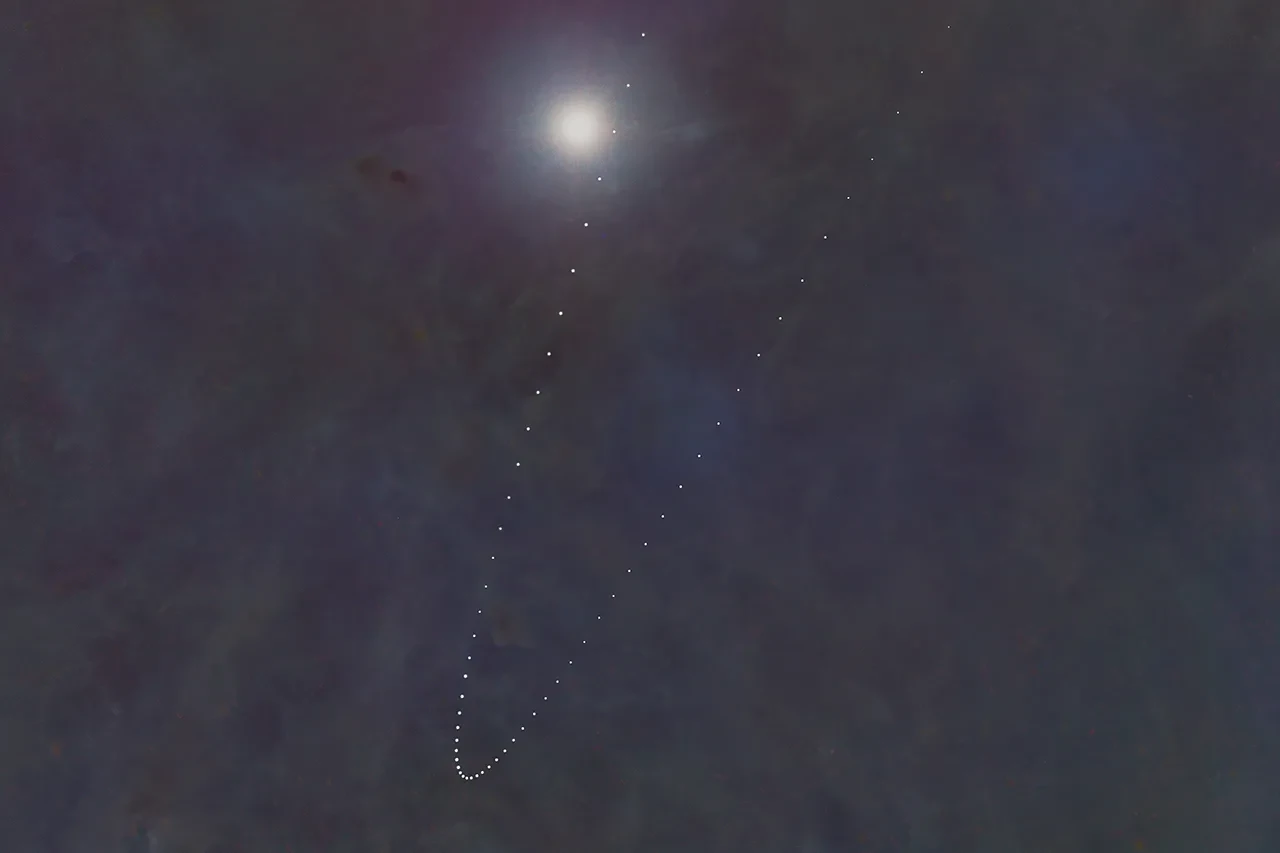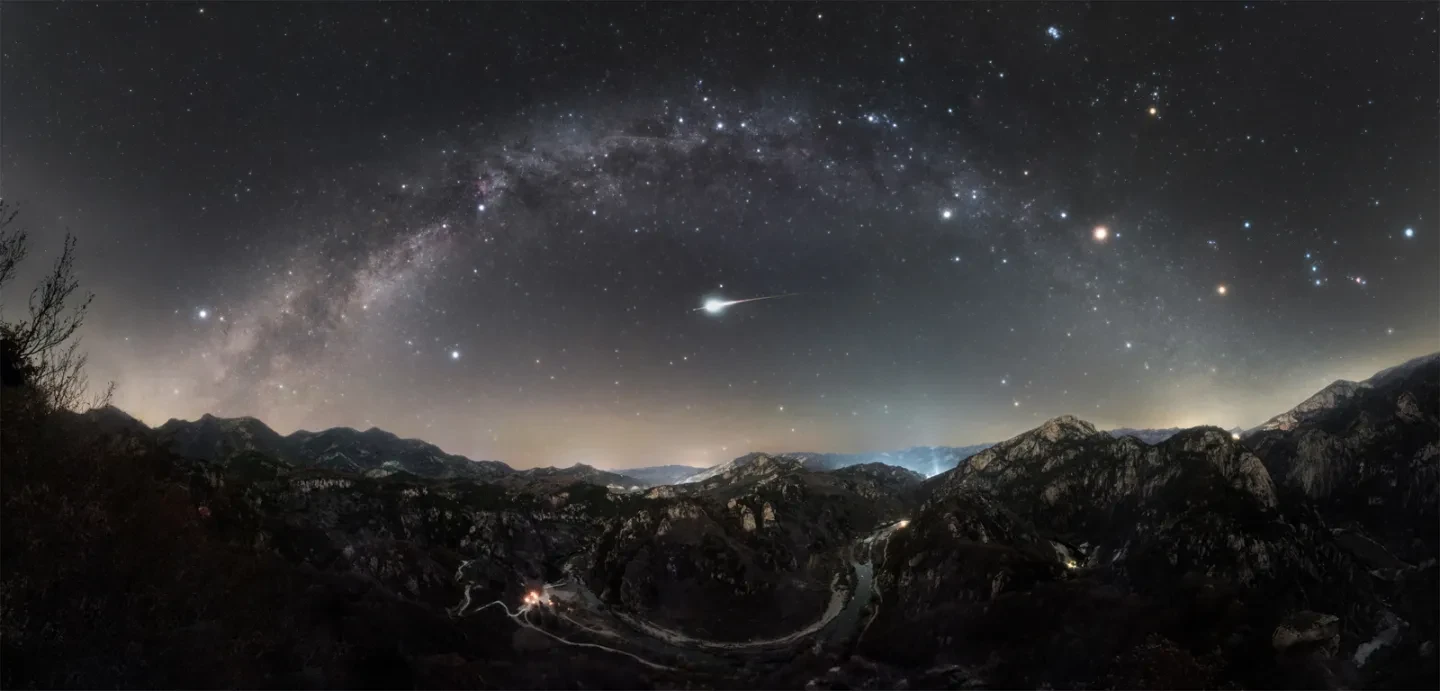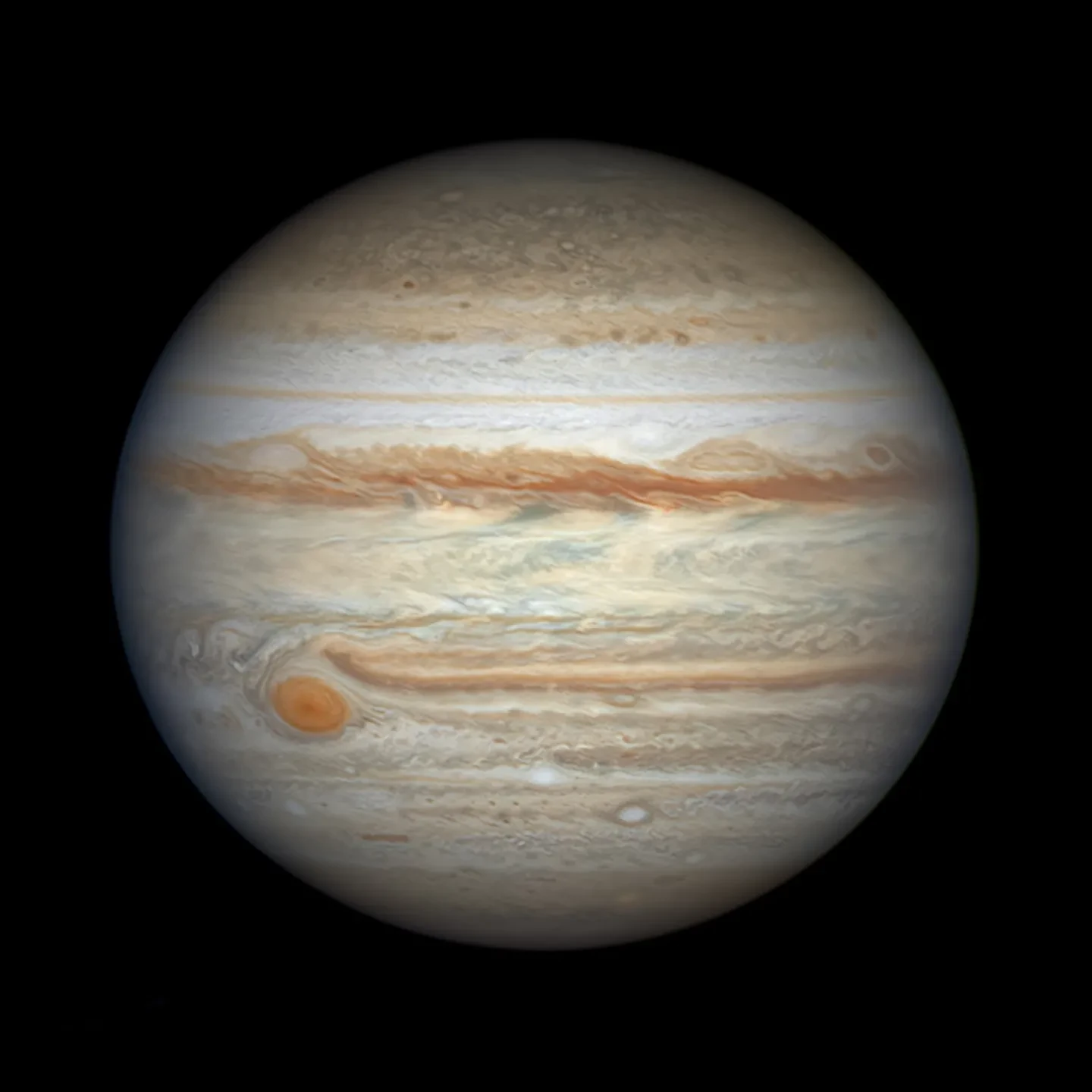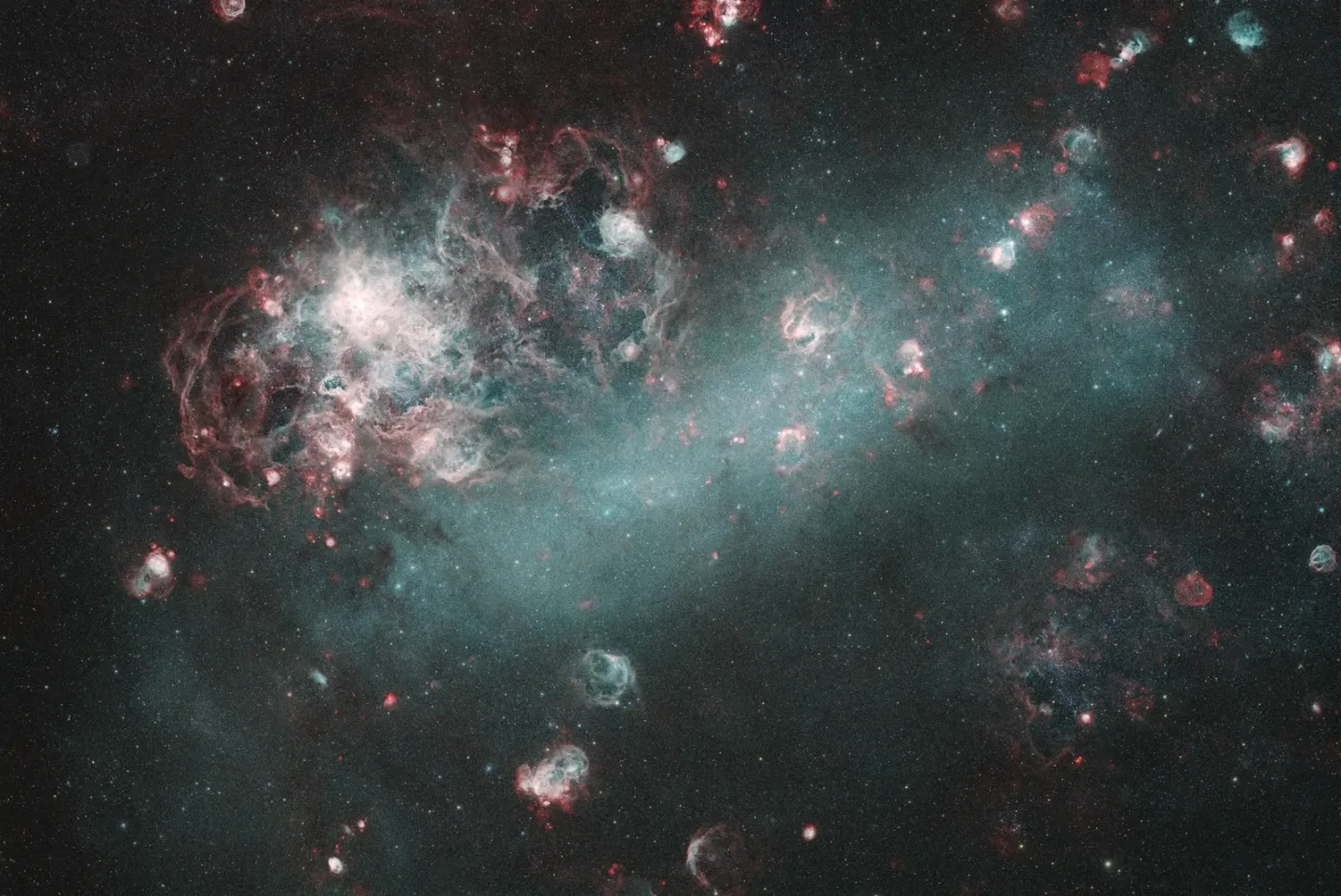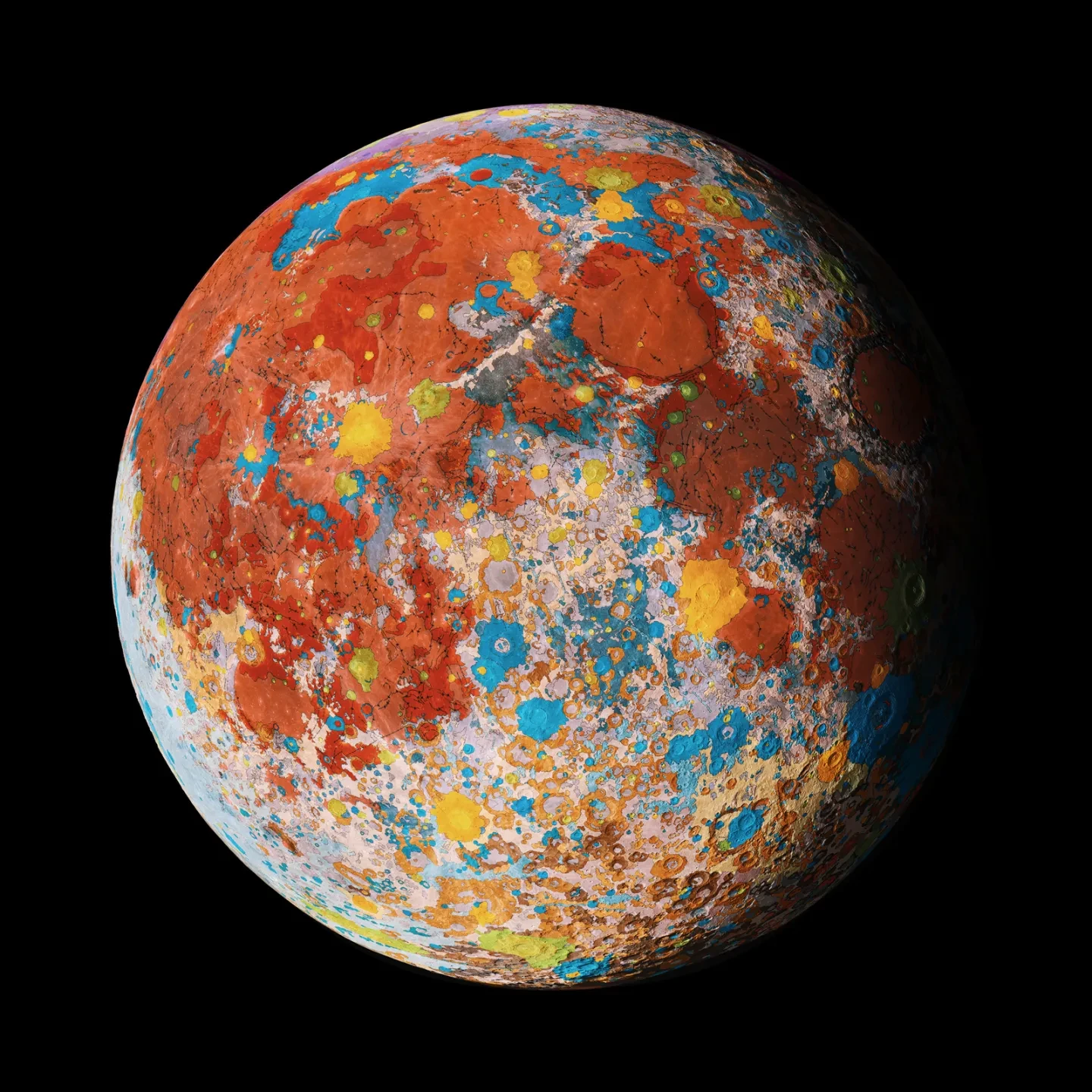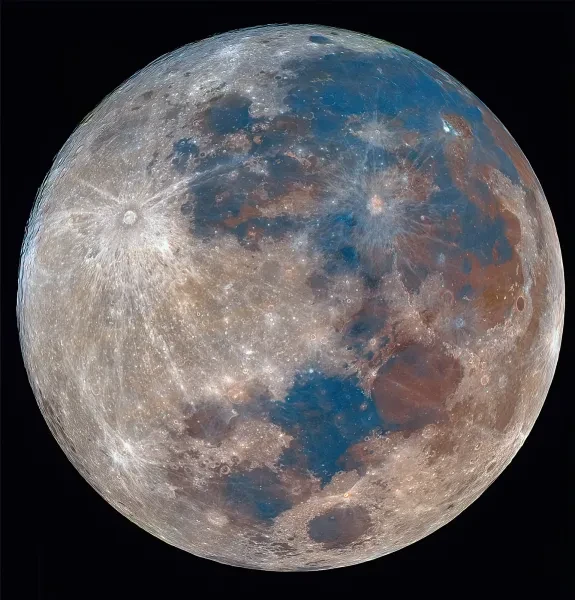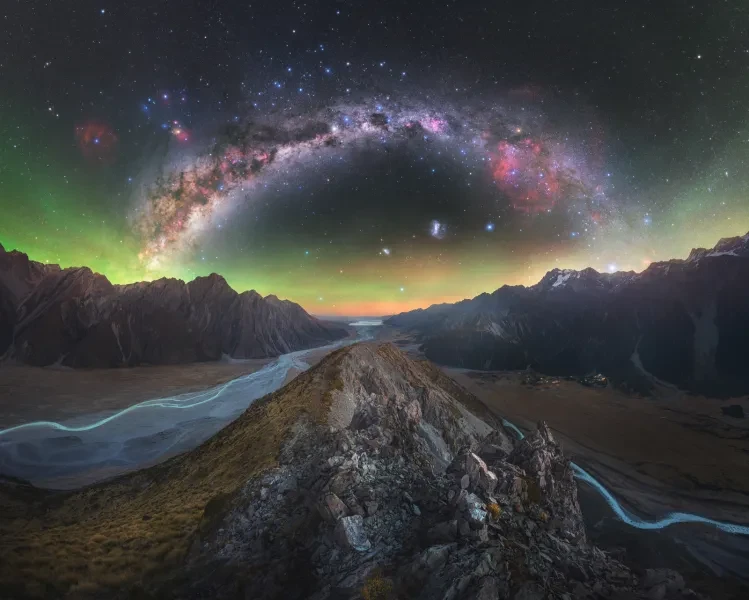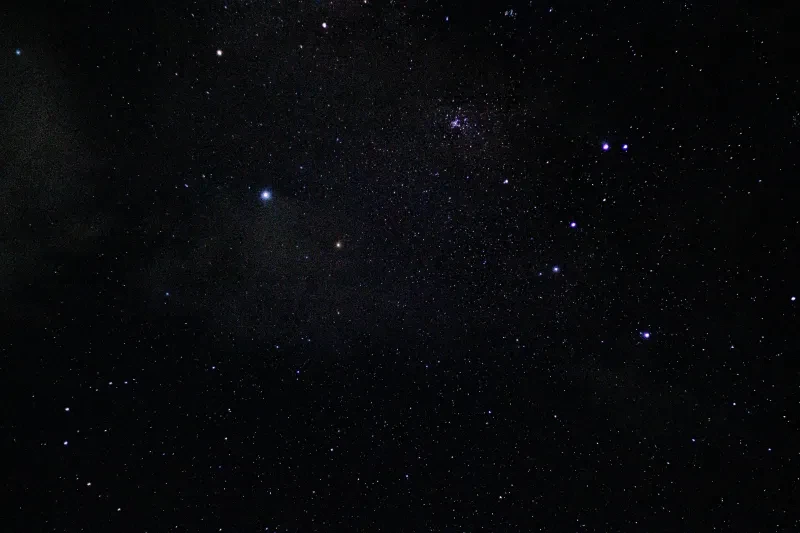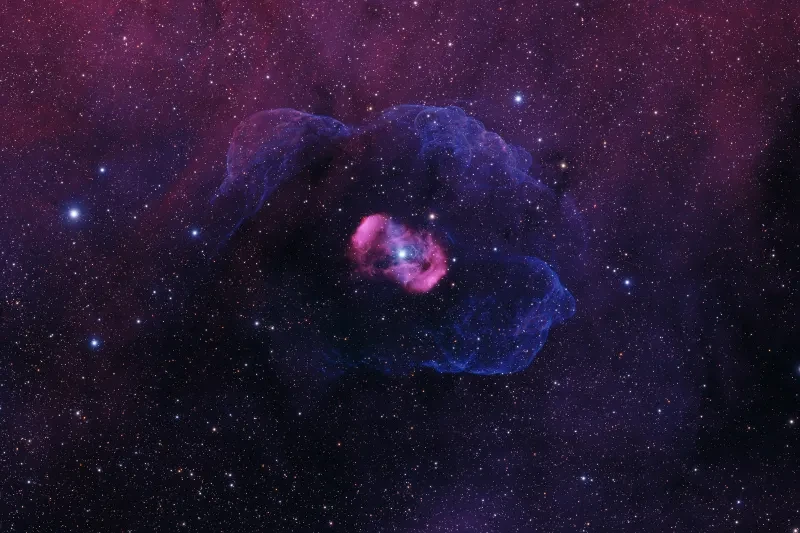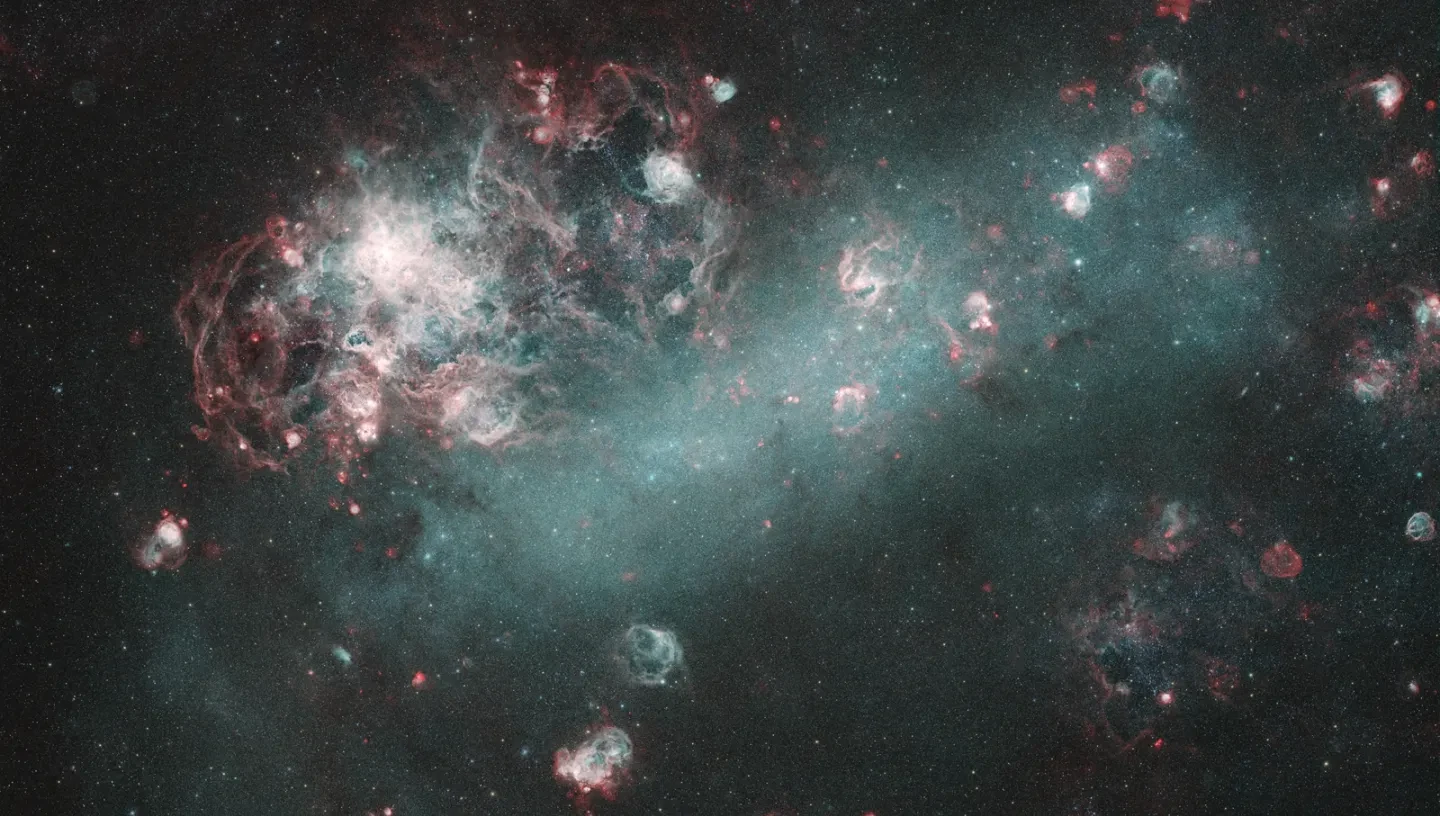
Explore what you can see in the night sky this October, including Cetus the whale, the Orionid meteor shower, and more!
Top 3 things to see in the night sky in October 2025:
- Throughout the month - Cetus the whale and wonders within
- 5 October - The Moon and Saturn together
- 22 October - Wrap up warm and catch the peak of the Orionid meteor shower
Details given are for London and may vary for other parts of the UK.
By Raafey, work experience student.
Look Up! Podcast
Royal Observatory Greenwich astronomers Imo and Catherine talk through some of this month’s must-see cosmic objects in this podcast. They also discuss two news stories: potential signs of life in ancient rocks on Mars, and the recently announced confirmation of 6,000 exoplanets!
Cetus the whale
Look south this month to see the constellation of Cetus, the whale in ancient mythology slain by Perseus. Cetus is home to the red giant star Mira, an extremely variable star which is visible to the naked eye at its brightest but can become up to 8 magnitudes fainter, requiring a telescope to see it.
You can also use binoculars or a telescope to spot dwarf planet Ceres, the largest object in the asteroid belt, and track it over several nights as it moves against the background stars in the constellation.
Also nearby is the Skull Nebula, a spooky object to look at with a telescope around Halloween. This planetary nebula formed when a dying red giant star ejected its outer layers.
Meanwhile, if you're looking for a challenging galaxy to spot with a telescope then you could try M77, the Squid Galaxy, which has an active galactic nucleus at its centre. In this exciting region, enormous amounts of radiation are emitted across a wide range of wavelengths, thought to be due to its supermassive black hole.
Orionid meteor shower
October is the month of the Orionid meteor shower, when dust particles from Halley’s Comet collide with the upper atmosphere and burn up. Peaking on the 22nd, you can expect to see up to 15 meteors per hour, with their trails pointing towards the constellation Orion (hence the name of the shower).
This year the Moon will be out of the way, so its light will not interfere and drown out fainter meteors. For the best experience, find a dark site, use your eyes (not a telescope or binoculars) and fill your eyes with as much sky as possible, lying back on a comfortable reclining chair if possible. Make sure to dress warmly and maybe bring a hot drink because the autumn nights will be cold!
Planets and the Moon
October also offers excellent opportunities for planet spotting. Saturn is visible with the naked eye towards the south, positioned between the constellations of Aquarius and Pisces.
On the night of the 5th, the Moon will be nearby. It'll be bright as it's in its waxing gibbous phase, creating a striking sight. Through a telescope, Saturn’s iconic rings become visible, although in 2025 they appear narrow as the planet passes its equinox.
Use binoculars or a telescope to find Uranus south of the Pleiades star cluster and look at its subtle greenish hue.
In the east, bright Jupiter is also visible, rising to higher altitudes as the night progresses, with its four Galilean moons orbiting around the planet visible with binoculars.
A telescope reveals details, including Jupiter’s cloud bands and the famous Great Red Spot, from its turbulent atmosphere.
Southern Hemisphere highlights
For our readers in the Southern Hemisphere, now is a great time to see the Magellanic Clouds – two satellite galaxies orbiting around the Milky Way. Visible with the naked eye, they have irregular shapes due to their interactions with the Milky Way, resulting in lots of star formation.
The Large Magellanic Cloud is the brighter of the two, and is host to the Tarantula Nebula. Here young, massive stars are being created, and their stellar winds ionise hydrogen gas and cause it to glow.
The Moon's phases in October 2025
Full moon: 7 October (03:48)
Last quarter: 13 October (18:13)
New moon: 21 October (12:25)
First quarter: 29 October (16:21)
Stargazing tips
- When looking at faint objects such as stars, nebulae, the Milky Way and other galaxies, it is important to allow your eyes to adapt to the dark so that you can achieve better night vision.
- Allow 15 minutes for your eyes to become sensitive in the dark and remember not to look at your mobile phone or any other bright device when stargazing.
- If you're using a star app on your phone, switch on the red night vision mode.
More space and astronomy
Header image: Hidden Wonders of the Large Magellanic Cloud © Martin A B Cohen | shortlisted in ZWO Astronomy Photographer of the Year 2025 Galaxies
